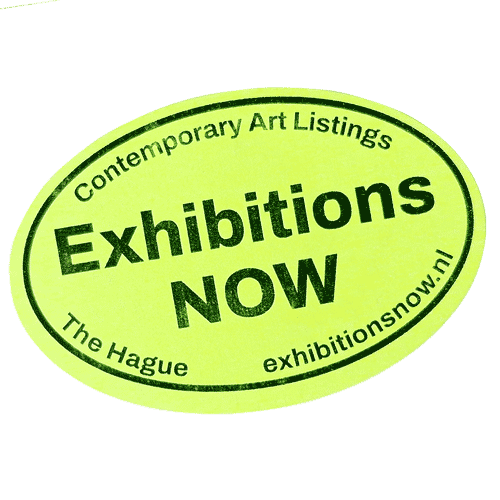The second chapter of Extractive Imagination(s) examines the overlap between the physiological human need to maintain a body temperature of 37°C and the (social) infrastructures we’ve developed to stay warm – what we define today as architecture. In other words, how did the harvesting of resources related to our quest for heat (initially wood, peat and coal) shaped social gatherings and the domestic space?
“The search for warmth created social and political forms of grouping, like vigils in the countryside: a characteristic element of traditional rural life, is well motivated by the search for warmth, as well as by the desire to ‘enjoy a lamp, or fire maintained at common costs’. – Philippe Rahm.”
How and what do we extract to fire? More importantly, with whom do we share the resulting warmth? The exhibition looks at infrastructure in The Netherlands, particularly in The Hague.
ARTISTS
The husband and wife team of Bernd (1931-2007) and Hilla (1934-2015) Becher began photographing together in 1959. For nearly fifty years, they documented architectural forms they called “anonymous sculpture.” The Becher produced black-and-white photographs, using a large-format camera under overcast skies to capture shadowless front and side views. Arranging these in grids, they created “typologies,” grouping buildings by function to highlight their similarities and differences.
Atlas of Ovens explores containers of heat and baking rituals, how and what we fire, and with whom we share the resulting warmth. The artist’s trio Clémentine Vaultier, Ciel Grommen, and Maximiliaan Royakkers, all based in Belgium, research how oven infrastructures can transform not only matter but our relationships to communities and territories.
Clémentine Vaultier (b.1991, FR) works at Max and she is an associate at Jubilee – platform for artistic research. Her ongoing research focuses on warmth as both a physical and social phenomenon, for which she received a prize at KASK Ghent. Her interest lies in the surroundings of the fire rather than its production. Her plural, dialogical practice connects ceramics, performance, and pedagogy, creating and rearranging technical, historical, and archival material to keep the fire going.
Ciel Grommen (BE) is an artist and architect whose context-based practice explores how we live together through a variety of artistic gestures like constructions, events, maps, books, stories, and conversations. She is pursuing a PhD at LUCA School of Arts on habitation in places of production. Her projects have engaged sites like refugee camps, demilitarized zones, and industrial spaces, shown at C-mine Genk, Artsonje Seoul, Z33 Hasselt, VAi Antwerp, Red Cross Museum Geneva, 019 Ghent, and Kunstenfestivaldesarts Brussels.
Maximiliaan Royakkers (b.1988, BE) is an artist and researcher whose work addresses political, ecological, and social dynamics through installations, research, and teaching (Antwerp University, ULB La Cambre Horta, ULiège, Faculty of Architecture Leuven University). Educated at KU Leuven and Sandberg Institute, he collaborates widely and publishes regularly. His projects have been exhibited at C-mine Genk, Bureau Europa Maastricht, De Singel Arts Center Antwerp, Z33 center for contemporary arts, and Jan Van Eyck Academy Maastricht.
Arjun Das (1994, India), like many others from his village, moved to Kolkata with his brothers to work in a restaurant at the age of 10. However, his attraction toward drawing was never lost. His experience of working in a small dhaba (restaurant) allowed him to closely examine the behaviour and sociality of a section of migrant labourers. He looks into the sculptural, formal, aesthetic possibilities of objects, thereby making attempts to bring iconic, sculptural presence in them.
Arjun holds BFA and MFA in Sculpture from Rabindra Bharati University and took part in the 2023-24 residency at Jan van Eyck Academie, as well as a recent solo presentation at Fons Welters. Recently he took part in The Balcony’s presentation at Art Rotterdam INTERSECTIONS.
The exhibition includes the production of new work by Collective Atlas of Ovens, existing work by Arjun Das, Jan van Eyck Academie resident 2023-24, and original prints by Bernd & Hilla Becher.
